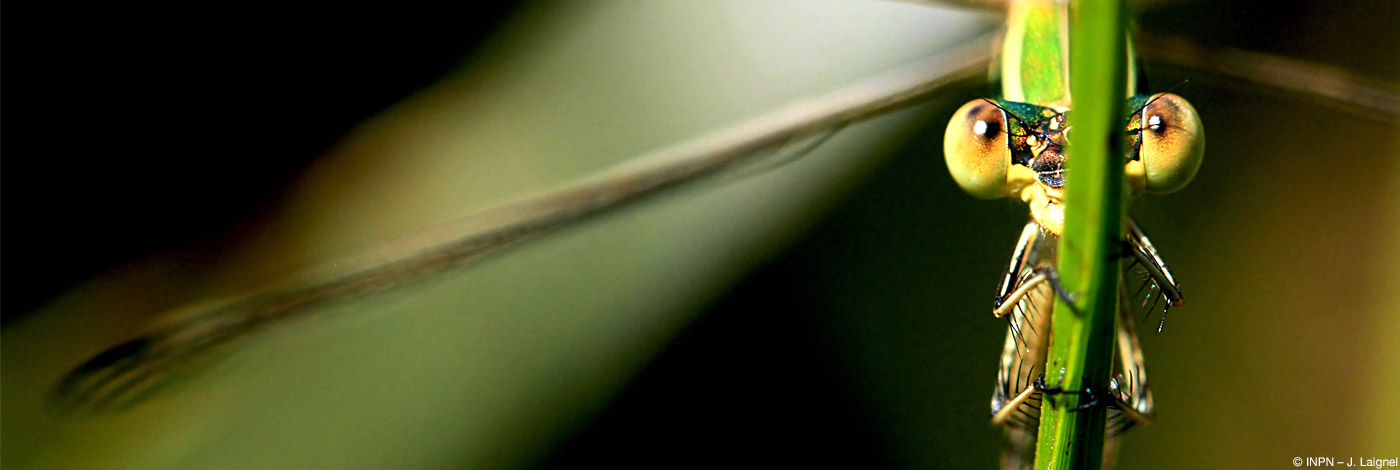

 Naturae
2021 (22) - Pages 309-319
Naturae
2021 (22) - Pages 309-319In 2009, the study was launched prior to the closure of the Penn ar Roc’h landfill, surrounded by grasslands and heathlands with high coastal cliffs. Discussions between the engineering consultant in charge of the environmental study and academics from the University of Brest carrying out research on ecological restoration led to the launch of the design of an ecological engineering experiment (heath litter transfers and lawn mowing). During the REVER 2 seminar in Brest in 2010, a visit to the landfill site was carried out just before the ecological operations to benefit from the expertise of the participating researchers and practitioners. A partnership between the National Museum of Natural History (MNHN) and the University of Brest was then initiated to set up ecological monitoring of this operation. This will be subsequently taken over by the Regional Natural Park of Armorica, manager of the Natura 2000 site – on which the old landfill is located – and the Ouessant Center for the Study of the Environment. The vegetation dynamics show strong variations in space and time. If the results of the first years were encouraging with the appearance of target species of heath (gorse and heather), a halt in dynamics has been observed in recent years, probably linked to disturbances (storms, grazing by a herd of goats). The question of a new ecological engineering intervention is thus raised on this site even if the slowness of the ecological process is rather a good sign in this type of naturally constrained environment. These results, put into perspective with those of other restoration operations carried out in Brittany, confirm the possible existence of particular vegetation dynamics on cliff-top sites disturbed by old infrastructures: the trajectories of successions are then more random than on sites only degraded by frequentation.
Cliffs, landfill site, ecological engineering, moor, grassland, coastline